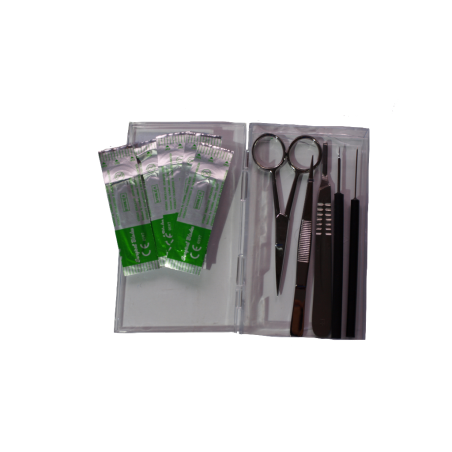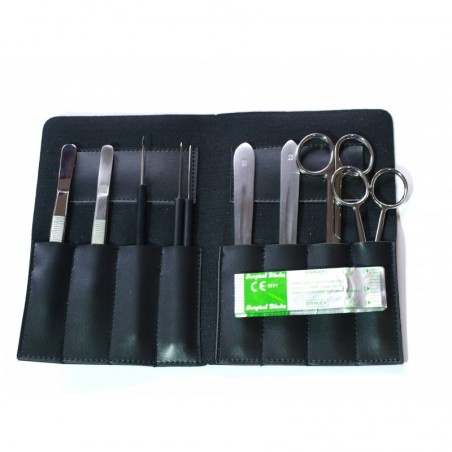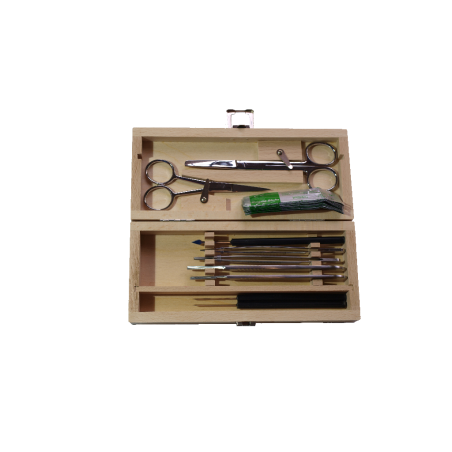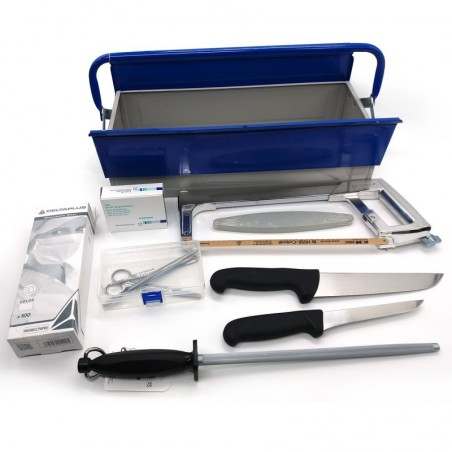This tool to diagnose problems with the feed conversion ratio (FCR) is designed to detect all the causes that can increase the FCR of our farm. At the end of the article you will find a flow chart that will allow you to navigate through the whole tool.
So far we have divided the causes that affect the FCR into two main groups, those that increase mortality and those that do not. In turn, we have divided those that increase mortality into those that do not affect the average daily gain (ADG) and those that do. The causes that alter the FCR and mortality but not ADG are as follows:

Accidents during the second half of finishing. Accidents involving mortality during the second phase of finishing may be associated with increases in the feed conversion ratio while the average daily gain remains unchanged. For example, gas poisoning (hydrogen sulfide produced by slurry removal), asphyxiation due to ventilation failures, etc.
Infectious processes that occur very late in the finishing phase. Processes such as pleuropneumonia due to App can occur in the final stages of fattening, causing mortality, but leave little time to affect daily gain.
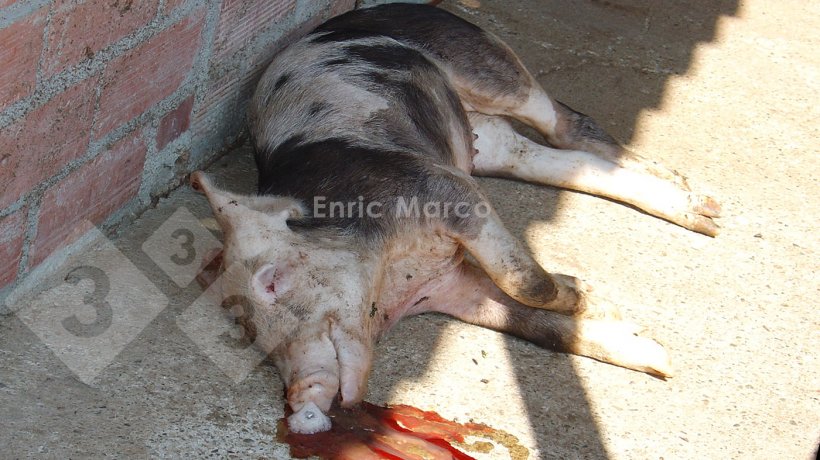
Photo 1. Pig that died of pneumonia caused by Actinobacillus pleuropneumoniae.
Acute digestive problems. Hemorrhagic bowel syndrome, which would include processes such as gastric torsions or enterotoxemia, could only affect the feed conversion ratio in cases where it occurs at the end of the finishing phase.
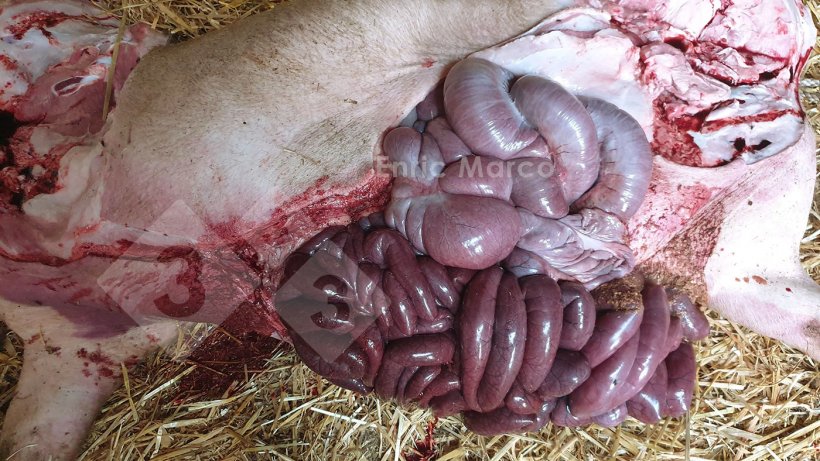
Photo 2. Necropsy of a pig affected by hemorrhagic bowel syndrome caused by gastric torsion.
Use the flowchart to continue the investigation or access other parts of the tool.





